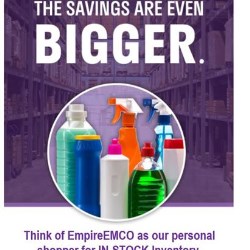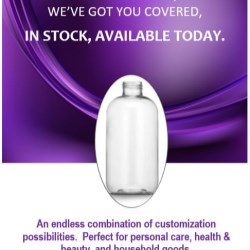If this is your company, CONTACT US to activate Packbase™ software to build your portal.

Enabling consumers to shop anywhere and at any time, it’s no wonder e-commerce is more popular today than ever before. But what impact is it having on packaging? Al Pizzuti, Amcor Rigid Plastics Product Manager, shares insights.
Accounting for $1.3 trillion of the $22 trillion global retail market, e-commerce really is booming, and its growth shows no sign of slowing down as more and more brands and categories migrate to the digital space. These include producers of food and beverage products, with the Food Marketing Institute and Nielsen predicting that by 2025, 20% of grocery shopping will take place online.
But packaging that’s suited to a bricks-and-mortar retail environment might not be the best fit for online selling or an extended supply chain. Here are four challenges to consider – and our advice on how best to overcome them – when selecting packaging for e-commerce.
But packaging that’s suited to a bricks-and-mortar retail environment might not be the best fit for online selling or an extended supply chain. Here are four challenges to consider – and our advice on how best to overcome them – when selecting packaging for e-commerce.
-
SUPPLY CHAIN
A potentially longer supply chain and multiple modes of transport and storage mean packaging for e-commerce has to be pretty robust. With a number of third parties handling the distribution and fulfilment of each order, brands need to be confident that their products are contained in packaging that’s break-proof and shatterproof, and able to withstand being dropped or roughly handled. PET packaging displays all of these attributes, which can eliminate the need for secondary packaging overall and, as a result, bring down transportation weight and costs all while providing a premium, crystal-clear appearance. -
WEIGHT OF MATERIAL
The weight of a material feeds into a brand’s bottom line in several ways. First, how much product can be shipped at one time and how does the volume of a shipment impact storage costs? And second, how does the weight of a shipment impact freight costs? In many cases, PET is a lightweight and cost-effective option compared to glass. For example, we’ve designed a 24oz jar that offers an 86% material reduction per container compared to glass, which results in major transportation cost benefits, including the shipment of 30% more product by weight per truck. -
PRODUCT INTEGRITY AND SAFETY
Products moving through the e-commerce supply chain are subjected to new and challenging conditions that put significant performance requirements on the packaging. Not only does the packaging need to keep the product fresh by keeping out excess air and moisture, but it also needs to reach the consumer in a consumer excepted condition, which means free of damage and intact (to name just a few requirements). PET fulfils such requirements, while also offering barrier solutions for more oxygen-sensitive foods, as well as other resistant properties such as thermal stability, structural integrity and durability to ensure shelf-life requirements are still met. -
CUSTOMIZATION
Logistical considerations aside, a consumer might not select a product in the first place if it doesn’t look attractive. As they can’t handle the item in the online space, visual appeal plays a vital part in determining whether a food or beverage item ends up in their virtual shopping cart. The end user wants to be able to recognise the brand, even if the packaging might have been designed to cater to the three considerations above. One of the biggest advantages here is that plastic can be moulded into any shape and easily customised.









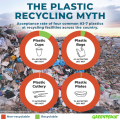





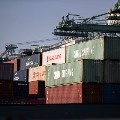




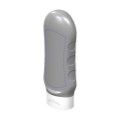
.jpg)

.jpg)
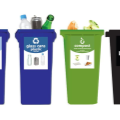

.jpg)
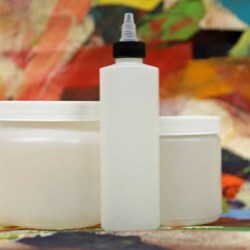

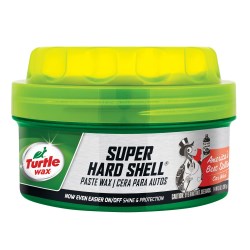
.PNG)



